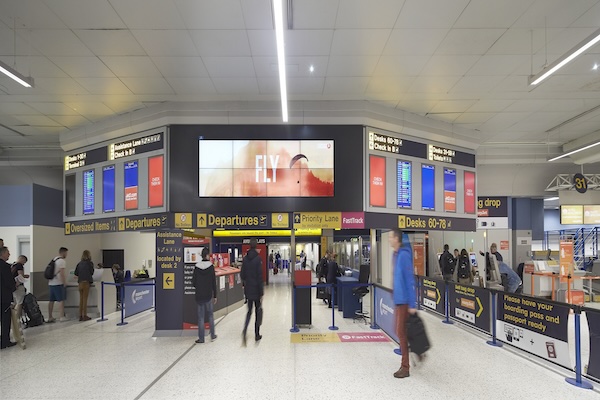Friday signifies a pivotal moment for UK aviation, with flight departures peaking this year.
Over 3,200 flights are scheduled, marking a post-2019 high driven by summer holidays.
Friday, July 19 marks a significant milestone in UK travel as flight departures soar to levels not seen since October 2019. According to aviation analytics firm Cirium, more than 3,200 flights are scheduled to take off. This surge aligns with the school summer holidays in England, prompting a considerable increase in air travel demands. Such an uptick is indicative of a recovering aviation industry, steadily bouncing back post-pandemic.
Over the weekend from July 19 to 21, UK airports will handle an impressive 9,075 flights. This translates to over 1.6 million available seats, showcasing the buoyant demand for international travel at this time of year. Despite being slightly below 2019 departure levels, the available seating has increased, thanks to the use of larger aircraft. This adjustment indicates strategic decisions by airlines to accommodate more passengers per flight.
Heathrow leads the list of UK airports with the highest number of departures, followed by Gatwick, Manchester, Stansted, and Edinburgh. The most favoured destinations for UK travellers include Dublin, Amsterdam, Palma, Alicante, and Malaga. This data highlights popular routes that continue to attract significant traveller interest.
EasyJet is predicted to operate the majority of these flights, with Ryanair, British Airways, Jet2.com, and Tui also playing pivotal roles. The scheduling efforts reflect a robust operational strategy to meet passenger demands. Each airline’s preparedness is crucial to efficiently manage the expected high volume of travellers.
Despite the positive outlook, the industry faces potential challenges, including bad weather and air traffic control restrictions. Such factors have previously disrupted flights, affecting thousands of passengers. Airlines are thus advised to remain vigilant and adaptable to mitigate these disruptions and maintain smooth operations over this busy period. Air travel stakeholders must coordinate closely to overcome any unforeseen setbacks efficiently.
Compared to the same weekend in 2023, there is a 4% increase in scheduled departures. This figure underscores a year-on-year growth trajectory that suggests a gradual return to pre-pandemic travel volumes. The increase in available seats further corroborates this upward trend, offering a glimpse into the aviation sector’s recovery phase.
As the industry braces for this busiest period, strategic planning by airports and airlines is paramount. Ensuring adequate staffing and resources will be pivotal in handling the influx of passengers. Moreover, maintaining an efficient turnaround of aircraft will be essential to minimise delays and optimise service delivery.
The surge in flight departures this Friday underscores the aviation industry’s resilience and strategic adaptation efforts post-pandemic. With increased operations, airlines and airports are poised to seize the summer travel demand, navigating challenges with robust planning.

